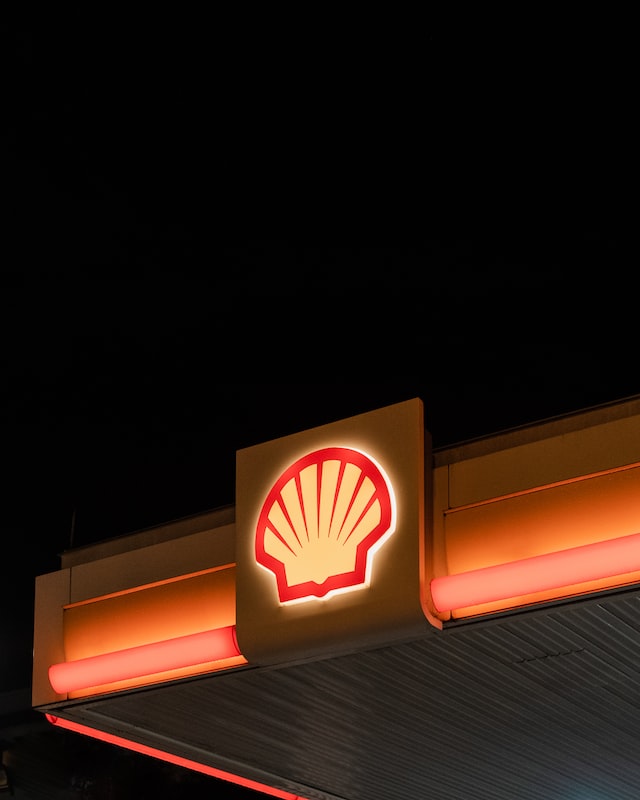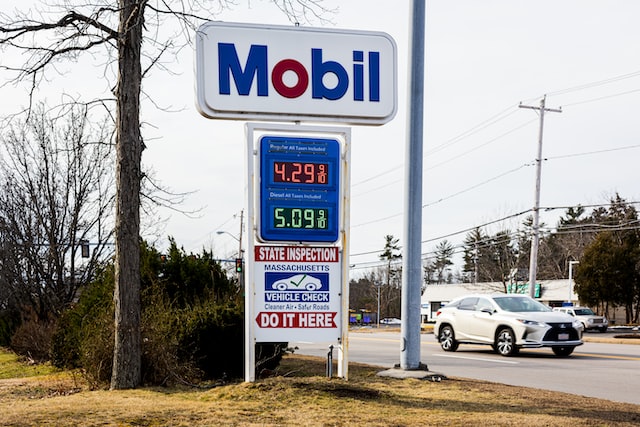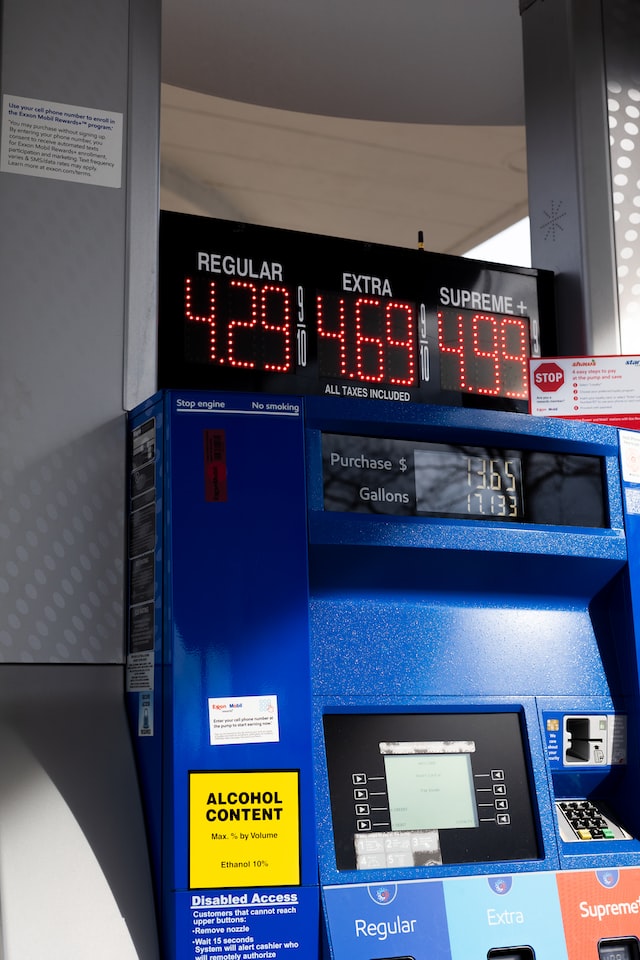Royal Dutch /Shell Group of Companies, also known as Shell, is the world's number one oil company, with profits of US$39.9 billion in 2022, based in The Hague, The Netherlands and London, UK. It is the world's largest oil company, with profits of US$39.9 billion in 2022.

It is a major international producer of oil, gas and petrochemicals, and a retailer of motor fuels and lubricants. It is also a pioneer in the LNG industry and has considerable experience in financing, management and operations. It operates in 140 countries, employs nearly 90,000 people and produces 3% and 3.5% of the world's oil and gas respectively. As the largest industrial company in the Netherlands, it was ranked No. 1 on the Fortune 500 in 2012.

The origins of Shell
About 200 years ago, a London antique dealer began importing sea shells from the Far East, bringing with him an exotic and stylish decorative item.
His venture laid the foundations for the import and export company that his son would later run.
At the time, oil was mainly used for lighting and lubrication, and the oil industry was concentrated in Baku, Russia, with its rich deposits of high-quality oil and its strategic natural harbour.

Revolutionising the oil transport industry
With the introduction of the internal combustion engine in 1886, the demand for fuel transportation increased dramatically. Drawing on their own transport experience, the Samuel brothers contracted a fleet of steamers for the bulk transportation of oil. In 1892, their tanker became the first ever to cross the Suez Canal, and in 1897 the two brothers' company was named Shell Transport and Trading Company, adopting the mussel shell as its logo.
The founding of Royal Dutch Shell
In 1903, the two companies joined forces to resist the market dominance of the American Standard Oil Company, and in 1907 the two companies merged to form the Royal Dutch Shell Group. By the end of the 1920s, Shell was the world's leading oil company, producing 11% of the world's crude oil and owning 10% of the world's tanker tonnage. The 1930s were a difficult time for Shell: their assets in Mexico were confiscated and they were forced to make significant concessions when the Venezuelan government nationalised their fields.

Post-war expansion
After the Second World War, the years of peace brought a rapid increase in the use of cars and the Shell Group rapidly expanded its operations into Africa and South America. In 1947, Shell drilled its first commercially viable offshore well in the Gulf of Mexico. By 1955, the Shell Group had 300 wells and in 1958 it began producing oil in Nigeria.
The oil crisis
In 1969, Ghaddafi seized power in Libya and began to reduce oil production and raise prices. Other producers threatened to do the same and the Yom Kippur War of 1973 brought the oil crisis to a head. Within weeks, OPEC countries had quadrupled the price of oil and imposed a two-month embargo. This spelled disaster for the economies of Western countries.
Developing new resources
In the 1970s, Shell developed oil fields in the North Sea and South America. Although difficult and costly, these development operations were vital as oil supplies from the Middle East dwindled. 1978 saw the Shell Group complete the Cognac drilling and production platform in the Gulf of Mexico, the world's tallest rig at 35 metres.

Expansion
From the mid-1990s onwards, public censure of the oil industry increased as environmental concerns came to the fore. Shell was criticised for its plans to abandon the Brent Spar oil storage platform and also struggled in Nigeria. As the new century approached, Shell grew rapidly in the Chinese and Russian markets, and in 2005 it disbanded its previous corporate structure and unified into a new company. Shell remains one of the world's leading oil and gas companies.